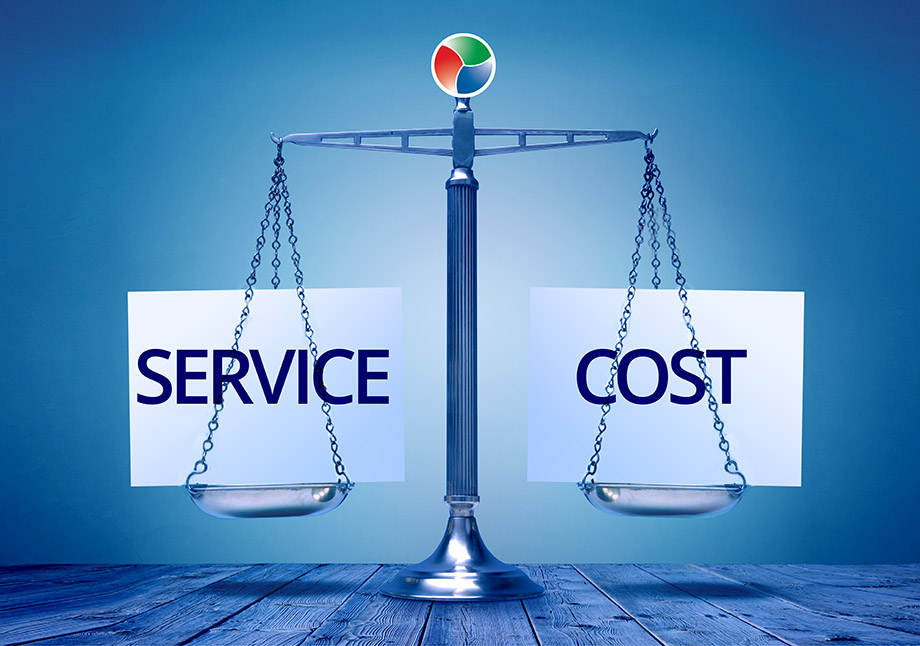When it comes to electrical safety and efficiency, selecting the right fusee switch is crucial. Fusee switches are essential components in various electrical systems, providing protection and control. However, with the plethora of options available in the market, choosing the right one can be daunting. This guide aims to simplify the process by breaking down the key factors to consider, ensuring you make an informed decision.
Understanding Fusee Switches
What is a Fusee Switch?
A fusee switch is an electrical device designed to interrupt the flow of electricity in a circuit in case of a fault or overload. It combines the functions of a fuse and a switch, offering both protection and control. Fusee switches are commonly used in industrial, commercial, and residential applications to safeguard electrical equipment and prevent potential hazards.
Types of Fusee Switches
There are several types of fusee switches, each catering to different applications and requirements:
- Cartridge Fuse Switches: These are commonly used in industrial settings for high-current applications.
- Plug Fuse Switches: Typically found in residential wiring, providing protection for lower current circuits.
- Resettable Fuse Switches: Also known as circuit breakers, these can be reset after tripping, making them convenient for repeated use.
- High Rupturing Capacity (HRC) Fuse Switches: Designed for high-voltage applications, offering superior protection.
Key Considerations for Choosing the Right Fusee Switch
Voltage and Current Ratings
The voltage and current ratings of a fusee switch are paramount. Ensure the switch you choose matches the voltage and current requirements of your electrical system. Using a switch with incorrect ratings can lead to inadequate protection and potential damage.
- Voltage Rating: This should be equal to or higher than the system voltage.
- Current Rating: Should match the maximum current expected in the circuit.
Breaking Capacity
The breaking capacity, or interrupting capacity, indicates the maximum fault current the switch can safely interrupt. Choosing a switch with a breaking capacity lower than the potential fault current can result in catastrophic failure. For high-power applications, HRC fuse switches are often recommended due to their high breaking capacity.
Application Environment
Consider the environment in which the fusee switch will be installed. Factors such as temperature, humidity, and exposure to corrosive substances can affect the performance and lifespan of the switch. Ensure the switch is rated for the specific environmental conditions of your application.
Compliance and Standards
Ensure the fusee switch complies with relevant industry standards and regulations. Look for certifications such as UL (Underwriters Laboratories), IEC (International Electrotechnical Commission), and ANSI (American National Standards Institute). Compliance with these standards ensures the switch meets safety and performance requirements.
Physical Size and Mounting
The physical size and mounting configuration of the fusee switch should fit your installation requirements. Consider the available space and the ease of installation. Some switches are designed for DIN rail mounting, while others may require panel mounting.
Cost and Availability

While cost should not be the sole deciding factor, it is essential to consider your budget. Compare prices from different manufacturers and suppliers to find a switch that offers the best value for money. Additionally, ensure the chosen switch is readily available and can be easily sourced for future replacements.
Popular Brands and Manufacturers
Siemens
Siemens is a reputable brand known for its high-quality electrical components, including fusee switches. Their products are renowned for their reliability, durability, and compliance with international standards.
Schneider Electric
Schneider Electric offers a wide range of fusee switches suitable for various applications. Their products are designed with safety and efficiency in mind, making them a popular choice among professionals.
Eaton
Eaton provides innovative and reliable fusee switches for industrial, commercial, and residential applications. Their products are known for their robust design and superior performance.
Installation and Maintenance Tips
Proper Installation
Correct installation is crucial for the effective functioning of a fusee switch. Ensure the switch is installed by a qualified electrician, following the manufacturer’s guidelines and industry standards. Proper installation minimizes the risk of faults and ensures optimal performance.
Regular Maintenance
Regular maintenance is essential to ensure the longevity and reliability of fusee switches. Periodically inspect the switches for signs of wear, corrosion, or damage. Replace any faulty components immediately to maintain the safety and efficiency of your electrical system.
Record Keeping
Maintain detailed records of all fusee switches in your system, including their ratings, installation dates, and maintenance history. This information is valuable for troubleshooting and ensuring timely replacements.
Conclusion
Choosing the right fusee switch involves careful consideration of various factors, including voltage and current ratings, breaking capacity, application environment, compliance with standards, physical size, and cost. By understanding your specific needs and evaluating different options, you can select a fusee switch that ensures the safety and efficiency of your electrical system. Remember to consider reputable brands like Siemens, Schneider Electric, and Eaton, and adhere to proper installation and maintenance practices to maximize the lifespan and performance of your fusee switches.
